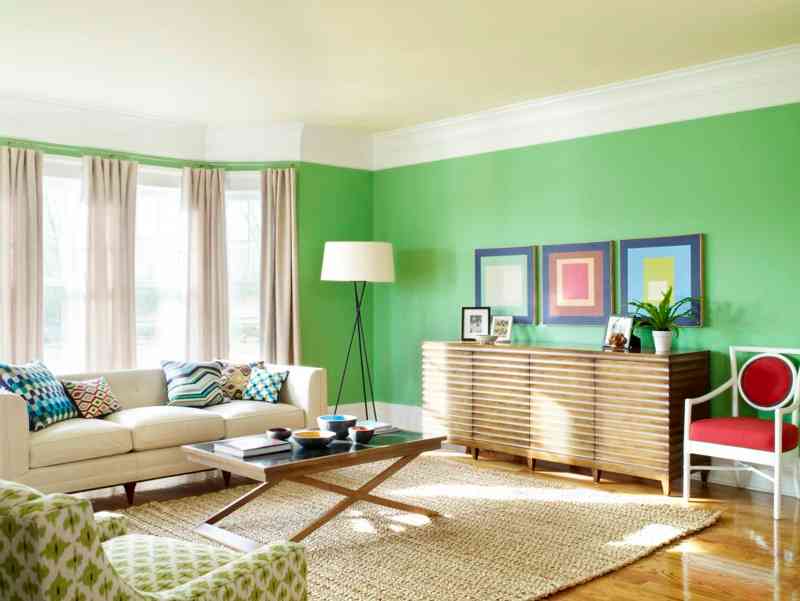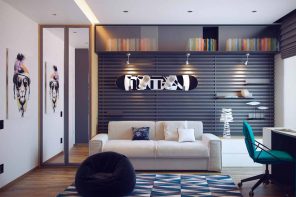Interior decorating can be a nightmare. There are so many different factors you have to co-ordinate – decorations, furniture, appliances, etc. Getting everything to click can be a very long winded process, but get everything right, and it can have an overwhelmingly positive effect on your home.
One of the bigger tasks to tackle is choosing the various color schemes throughout your home. With so many different rooms to consider, all with their own roles, decorations and appliances, this is not as simple a task as it may appear on the surface. But here are some tips for choosing the best colors for home that will hopefully smooth the process out a little.
All-encompassing, or room by room
The first decision you have to make will inform your decisions on everything else. Before you even think about colours, you need to decide whether you intend to have one universal theme running throughout your entire home, or if you’re going to be decorating every room separately, with nothing in the way of consistency as you move through the house.
Going room to room brings the benefit of getting exactly what you want in each room, even if it doesn’t necessarily suit the rest of the house. But this could lead to a somewhat chaotic interior design scheme wherein each room is perfect on its own, but the random nature could be jarring as you walk through the house. Alternatively, if you choose to make every room sing from the same hymn sheet it’s likely to take longer, but the overall effect of a universal style may be worth the extra effort.
If you are going all-encompassing, this doesn’t mean every color has to be the same, but there should be a similar style throughout. For example, you may want to create a warm, cosy house, so all your colours can be warm shades. A desire for a light, breezy house may lead to an abundance of light colours. The level of subtlety within this theme is up to you, just so long as it is consistent.
Consult color psychology
This may seem like a very complicated step – you only wanted a nice pair of matching colors, you didn’t think you’d have to think about the psychological implications of the colors you are choosing! But working in colour psychology need not be a deep, introspective task. There are very simply guidelines you can follow that can give great results.
For example, one thing color psychology has produced is the color wheel. This wheel shows which colours complement each other, and what mood this combination is likely to conjure up. The most basic example is the combo of white and black. These colors don’t bring much in the way of extreme emotion (red reflects anger and excitement, blue reflects calm and sadness, etc.), so they create a nice neutral mood, with a slightly refined edge – perfect for any room you want to look classy.
Then if you want to push on further with this, you can see what emotions are triggered by what colors, and use this to your advantage. Kitchens are a place for nature (greens), but also of cleanliness (white). Blues and oranges, complementary colors on the colour wheel, should be at the forefront of your mind when choosing colors for your bathroom, as they allude to the sea and tropical beaches. This method can help you create the exact mood you desire in every room.
Start smartly
When it comes to interior decorating, you must always be aware of the point at which you go “too far down the rabbit hole”. This is the point at which you have committed to your redesign, and can’t really back out without leaving things half finished and starting all over again, usually at great expense. Thankfully, there are ways to delay this point.
When you do start choosing the colors you want, test them out on a relatively small area first. This might be a small room, like a hallway, or a small section of a bigger room, like an accent wall in a living room. This way, you can get a general idea of the completed look, but if you don’t like the color(s), you can change them back easily.





